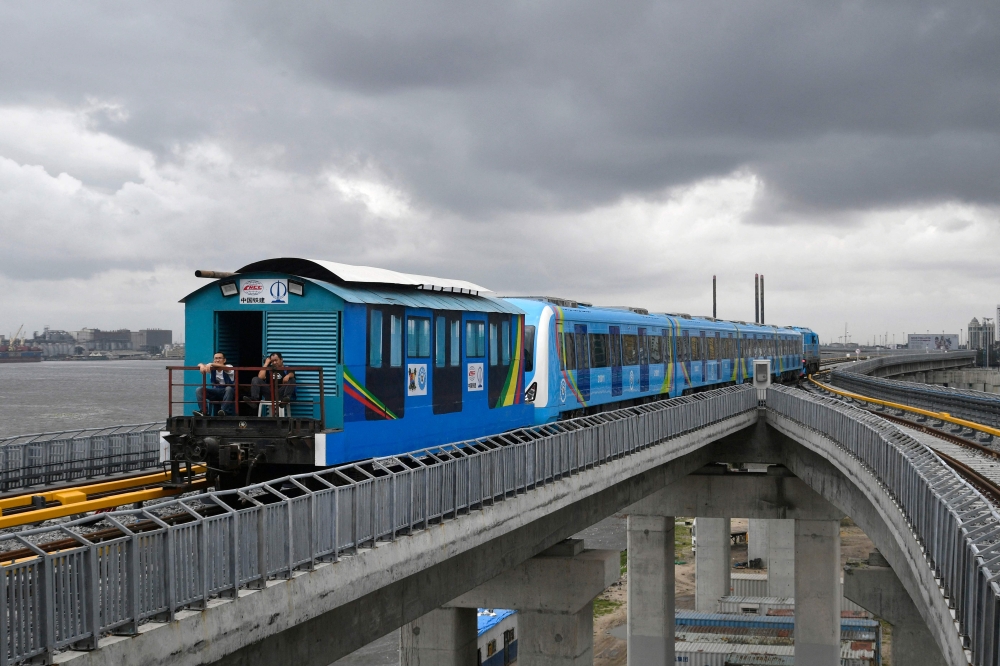
In an effort to address the persistent challenges of inadequate public transport and heavy traffic congestion in Lagos, Nigerian President Bola Ahmed Tinubu inaugurated the Red Line, the city’s second urban rail link.
The newly launched 37-kilometer (23-mile) Red Line connects eight stations, linking the northern Agbado district in neighboring Ogun state to the Oyingbo district in the heart of Lagos. Officials anticipate that this new line will eventually accommodate approximately 500,000 passengers daily.
Commending the Lagos Metropolitan Area Transport Authority for its success, President Tinubu emphasized the need for continued efforts, stating, “There’s more work to be done,” and cautioning against complacency.
Lagos, once a city of around 200,000 residents in the 1960s, has burgeoned to over 20 million inhabitants, rivalling Kinshasa in the DR Congo as Africa’s most populous city. According to the Climate Central NGO, Lagos could potentially claim the title of the world’s most populous city by 2100.
Acknowledging the significance of enhanced public transportation to alleviate traffic congestion in this lagoon-side metropolis, the Red Line complements the previously opened Blue Line, which can transport up to 250,000 people daily from Marina on Lagos Island to the Mile 2 area on the mainland.
These two lines are integral components of an extensive citywide transit network, with plans for an additional five train lines to be operational in the coming years. Although the rail scheme was conceived in the early 2000s during Tinubu’s tenure as governor of Lagos state, construction did not commence until later.
Highlighting further progress, Lagos’s mayor announced that work on the Green and Purple lines had already commenced as part of the city’s ongoing efforts to enhance public transportation infrastructure.
